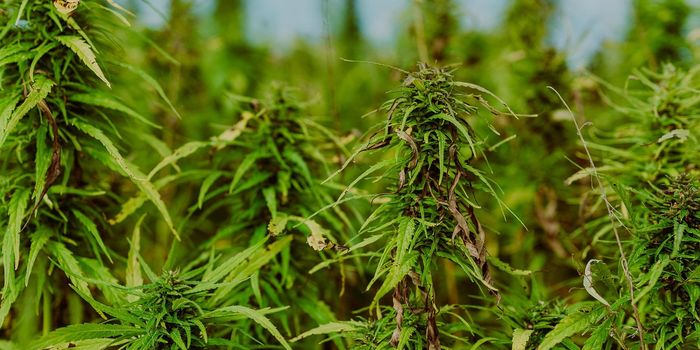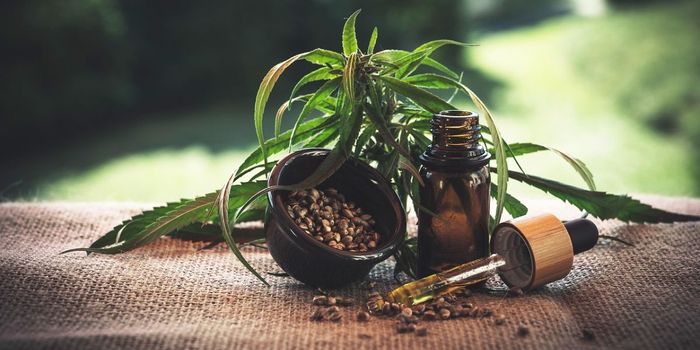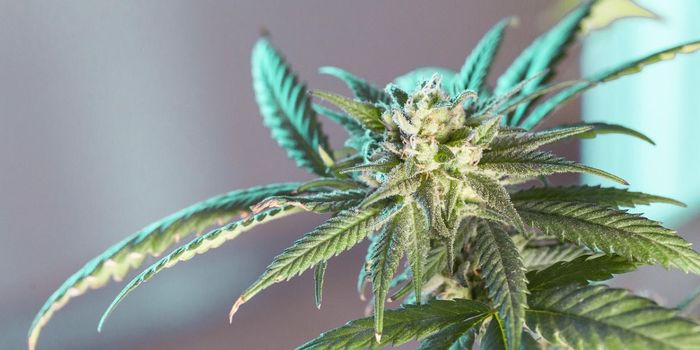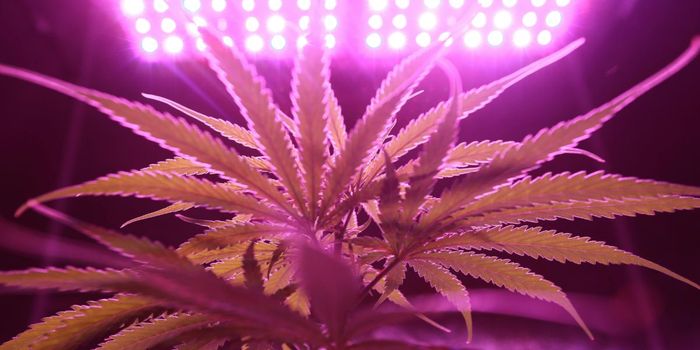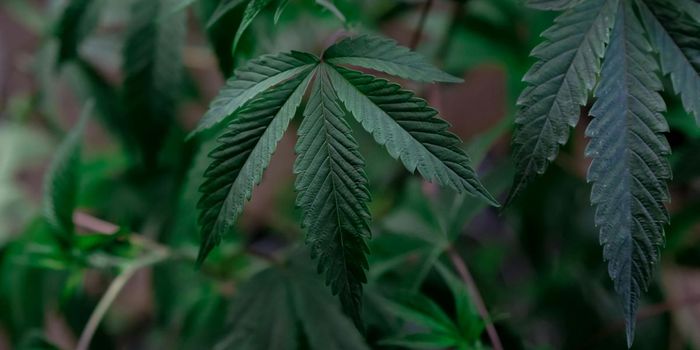So Why Does Weed Even Have THC?
If you have been following the science on marijuana, you are probably acquainted with the chemical delta-9-tetrahydrocannabinol, also known as THC. THC is the major psychoactive component of the marijuana plant and essentially is the one that gets you "high". THC is able to do this because we actually have receptors in our brain to which THC binds. But why would we naturally have receptors for a chemical in a plant whose native regions (Asia) are probably not where you are from?
The molecular structure of THC. Photo source: Pixabay.
These receptors are called cannabinoid receptors (CB1 or CB2) and they are widely expressed in the brain. They are called "cannabinoid" receptors because the exogenous chemical THC, from cannabis, has been shown to bind to them. They could have been called anything else, but in this case, they were named after a chemical that scientists used to activate them. So, no, we were not naturally born to smoke weed. The "endocannabinoid" (again, named after an exogenous chemical from cannabis) system in our body actually uses neurotransmitters that are similar in chemical structure to THC. The most famous one is called anandamide. Anandamide is an endogenous neurotransmitter that activates our CB1 or CB2 receptors in a normally functioning brain, like any other neurotransmitter.
Because THC can interact with our endocannabinoid system, it can create disruptions in how neurons, dependent on the endogenous neurotransmitter, function. These disruptions are responsible for all of the psychoactive symptoms one can experience after smoking the drug: increased appetite, forgetfulness, changes in time perception, altered motor function, etc.
That is a very brief summary of why we have a brain that reacts to a plant. But why does the plant even produce THC? Well, obviously it did not produce it for human consumption. The answer is unknown but there are some theories. Theory 1 suggests that it serves to protect the leaves from UV exposure, which can cause DNA damage. THC has been shown to be a very effective UV blocker. Theory 2 suggests that functions more like an antibiotic. In the lab, experiments show that THC can have antibacterial effects. Theory 3 is interesting because it suggests that, in fact, the THC is there to produce intoxication...just not of humans. Plant-eating animals, including insects, could be susceptible to THC's mind-altering effects too. This acts as a deterrent for further consumption, because, supposedly, the animals either do not enjoy these effects or are simply rendered too forgetful to remember where that particular plant is.
Photo Source: Pixabay.com
Whatever the reason why cannabis naturally produces THC, the important thing to remember is that it is not intended for human use. Humans discovered its effects, enjoyed them, traded the plant around the world, cultivated the plants, and have been tinkering with their THC content through selective breeding ever since. See the video below for some more information.
Video Source: Youtube.com
Sources: LiveScience.com, MarijuanaTimes.org, OxfordTreatment.com, Leafly.com




